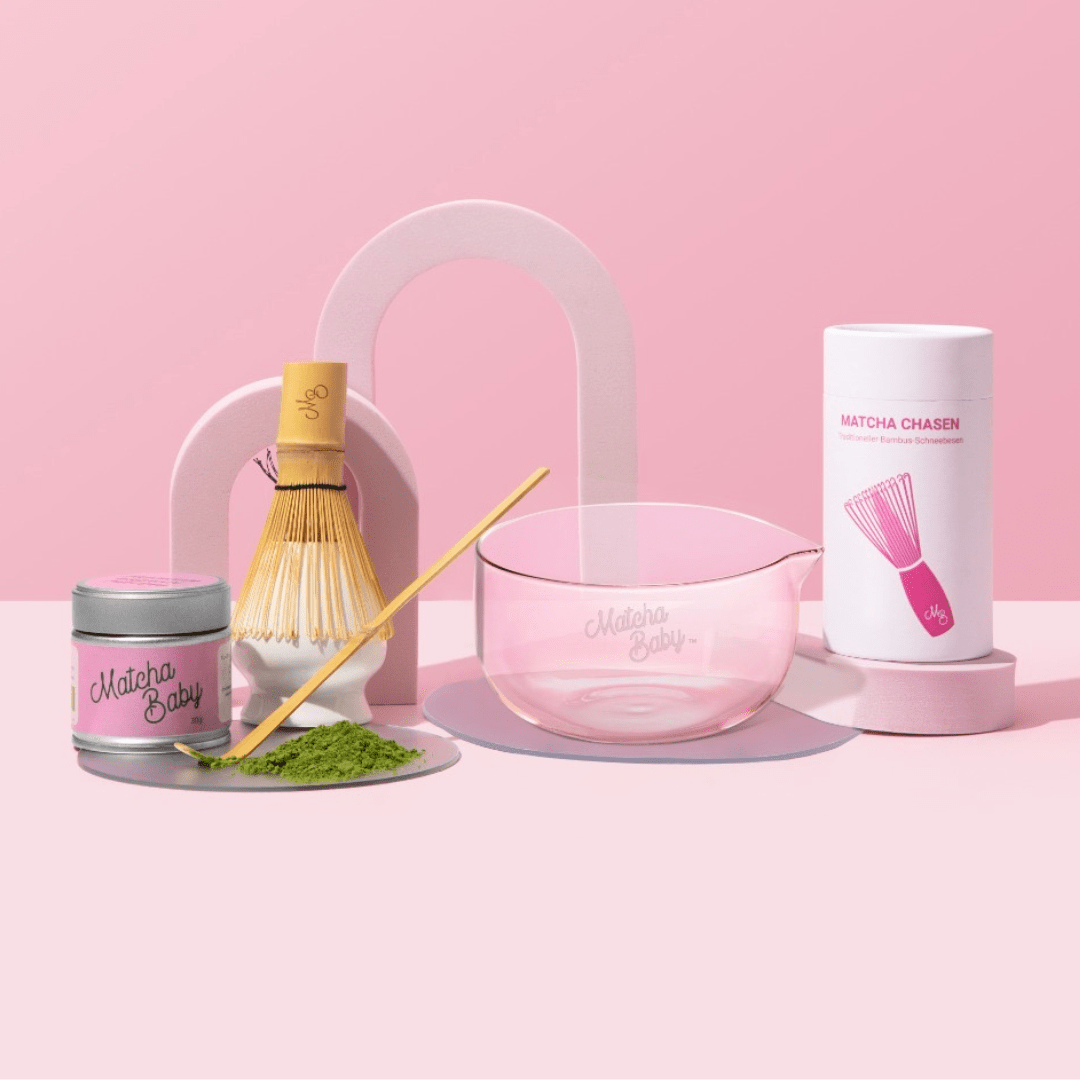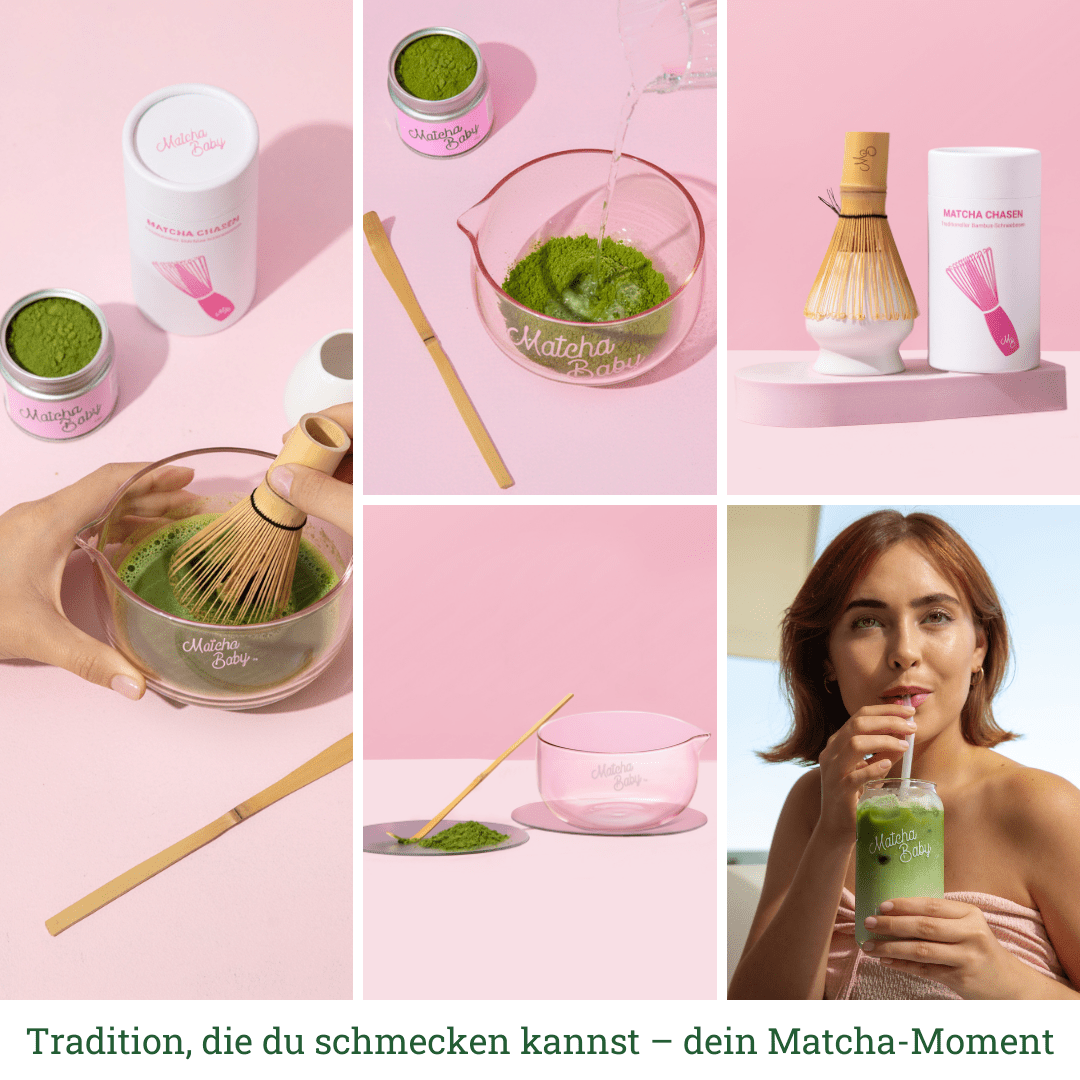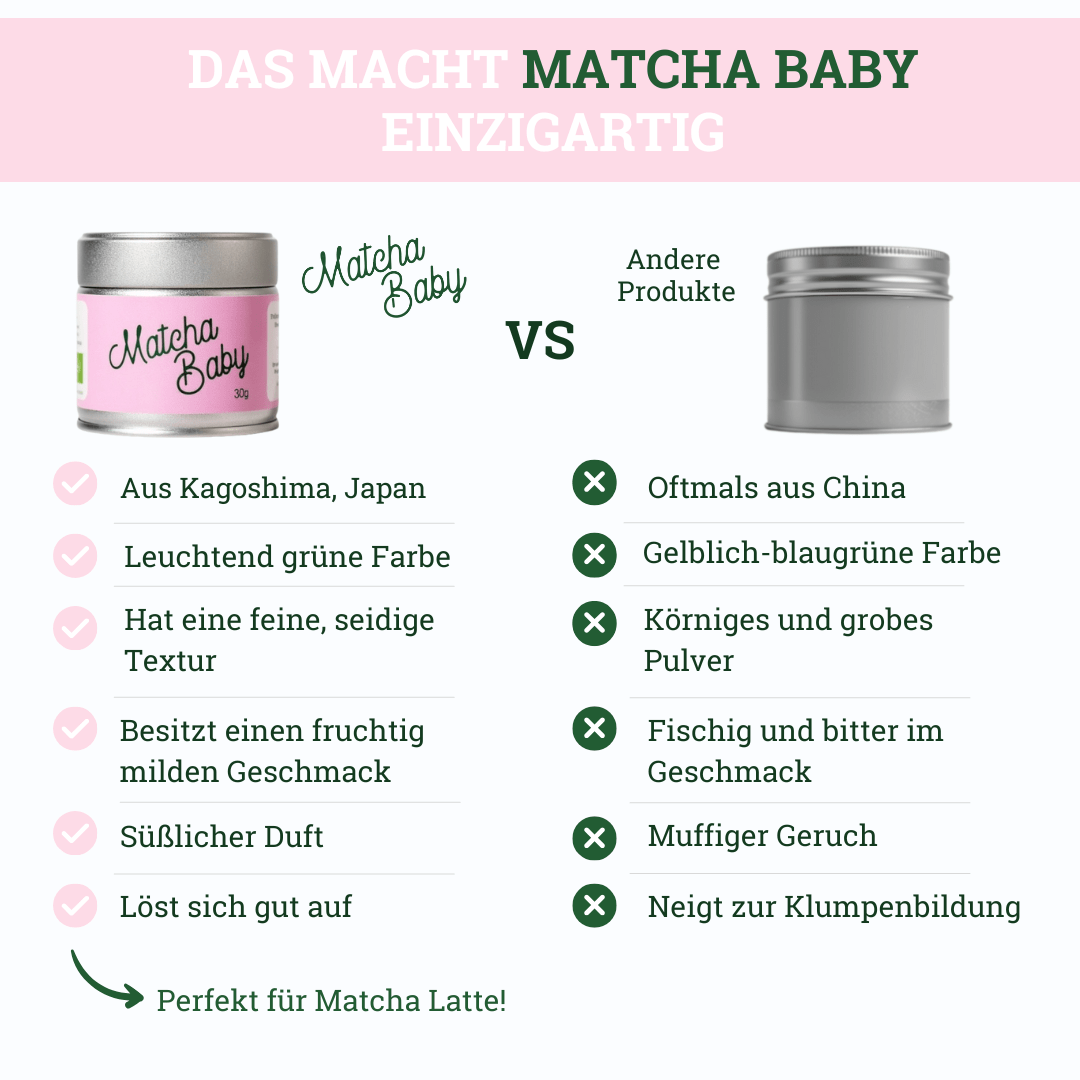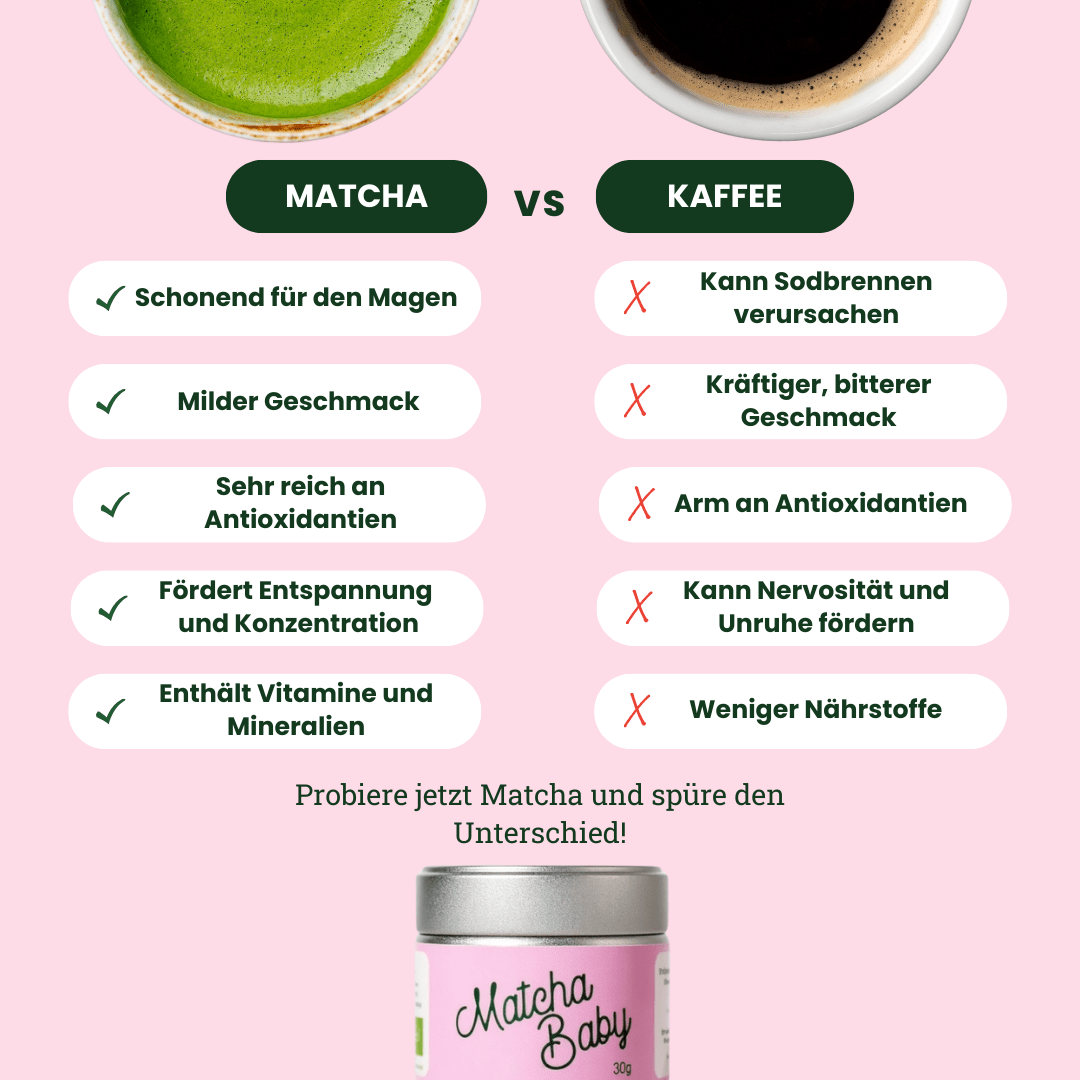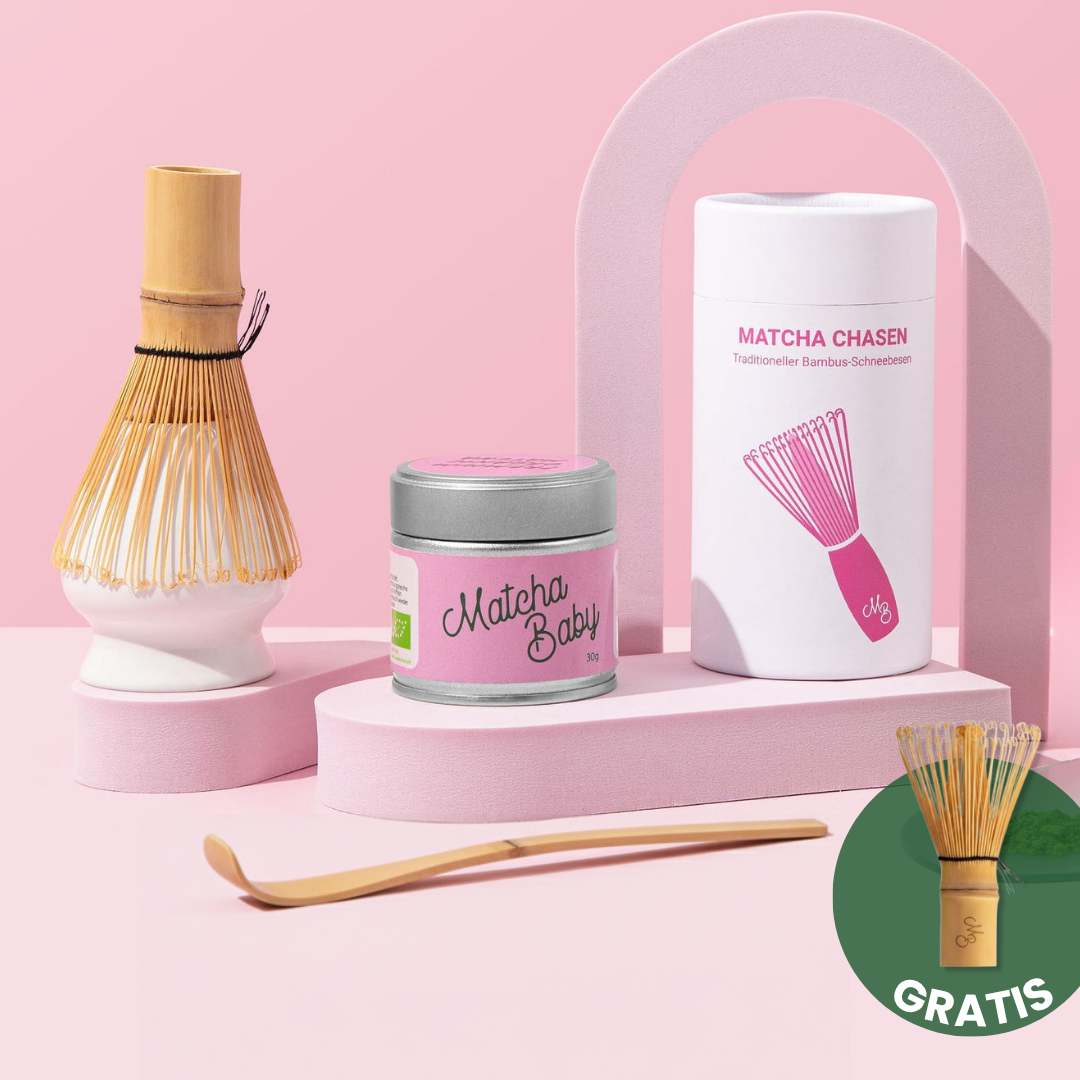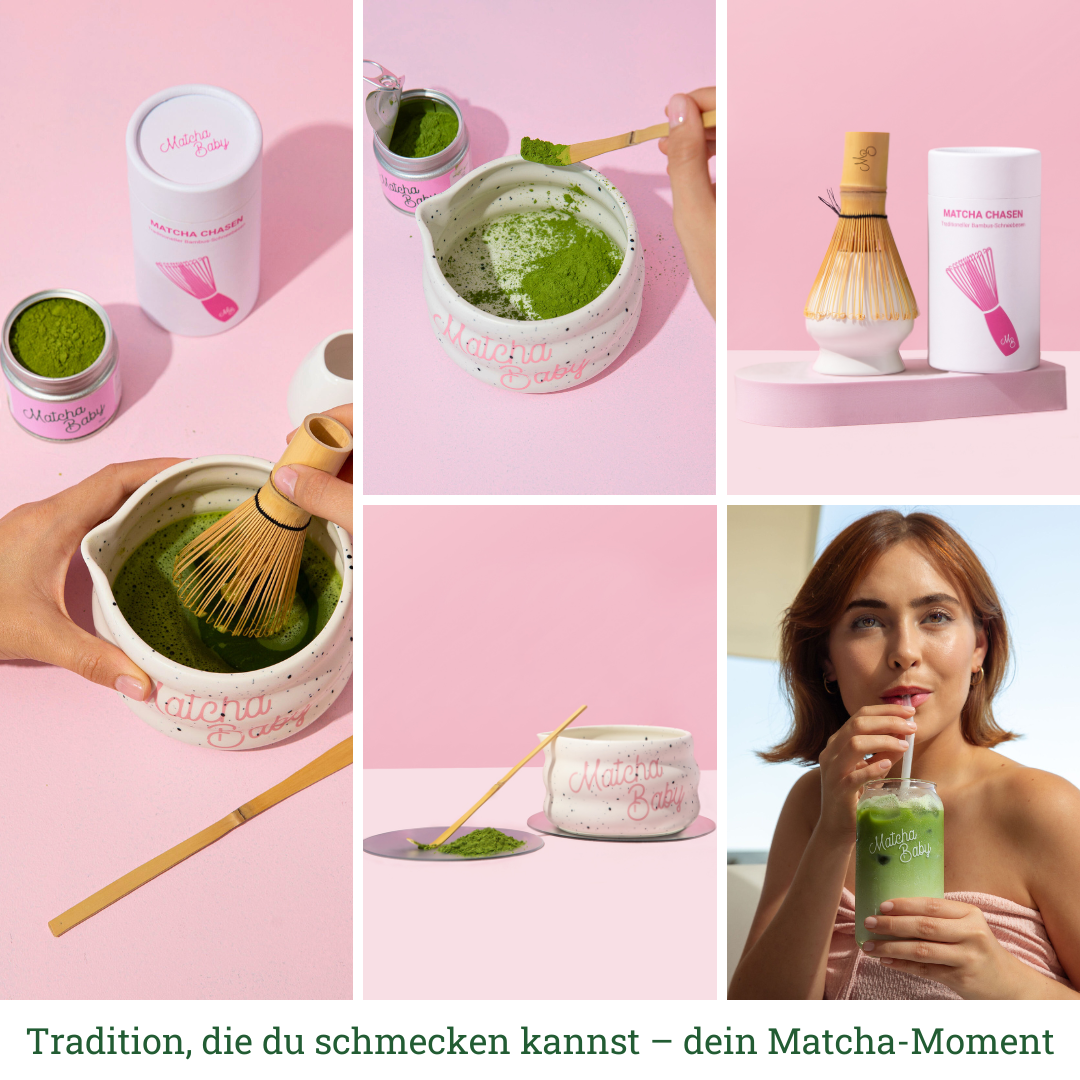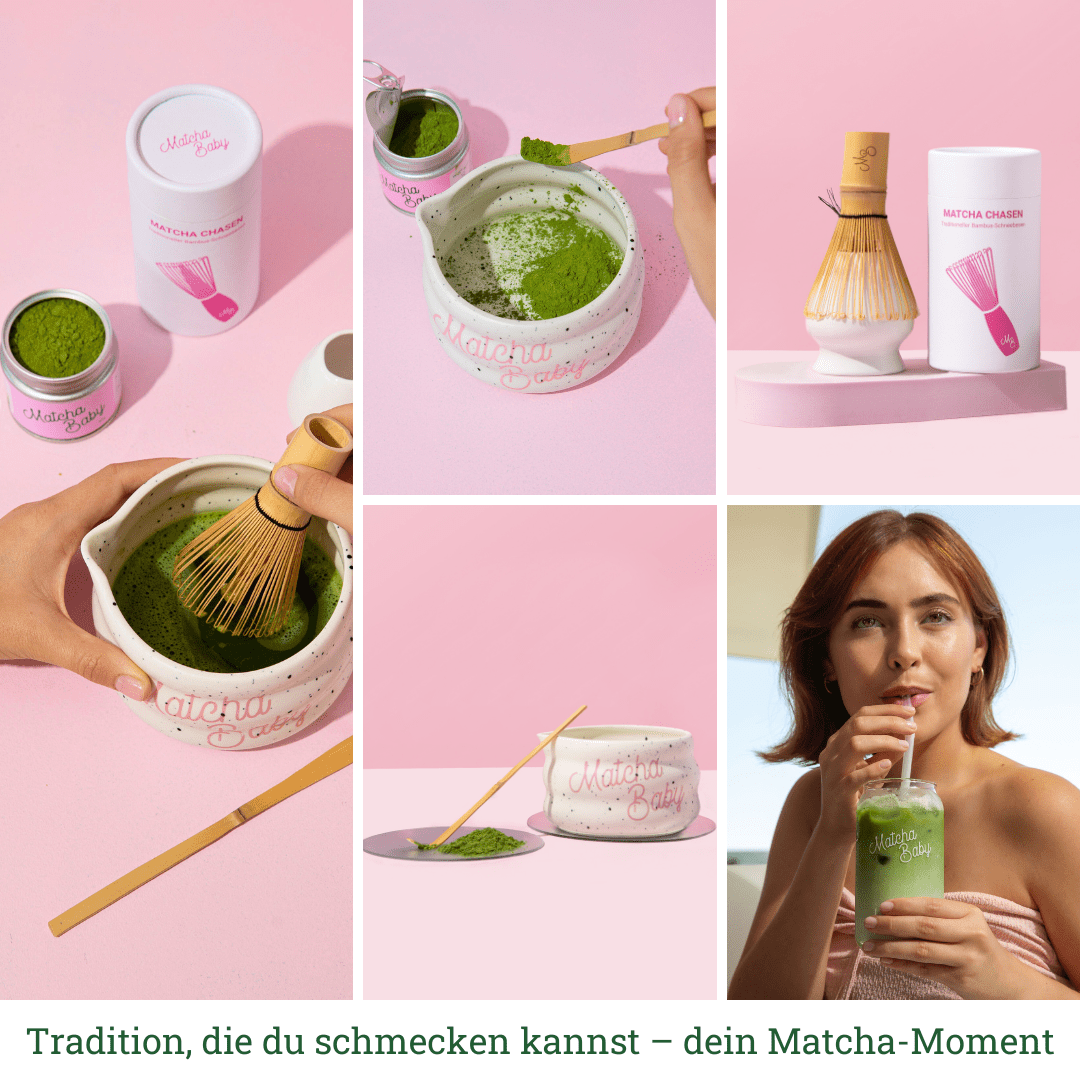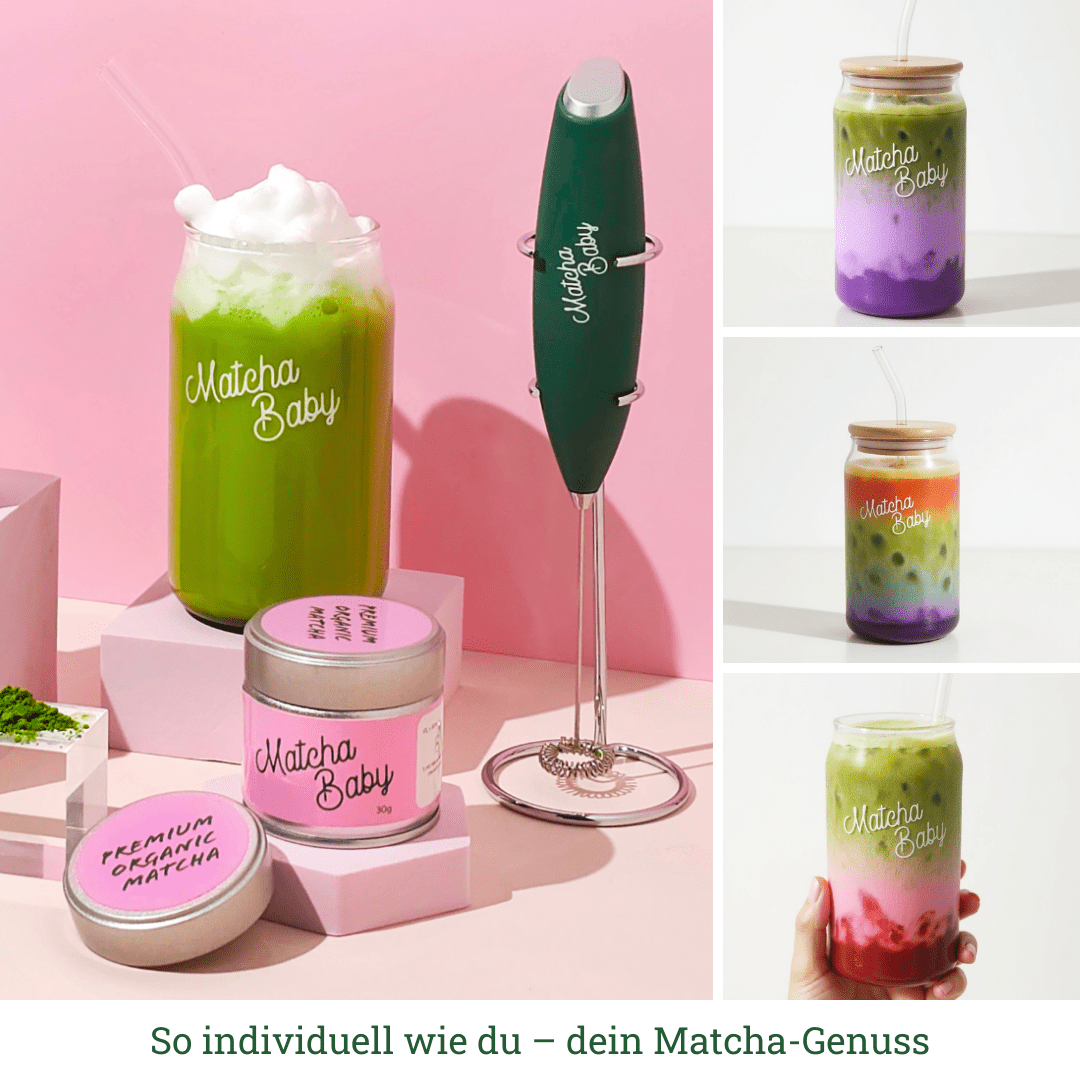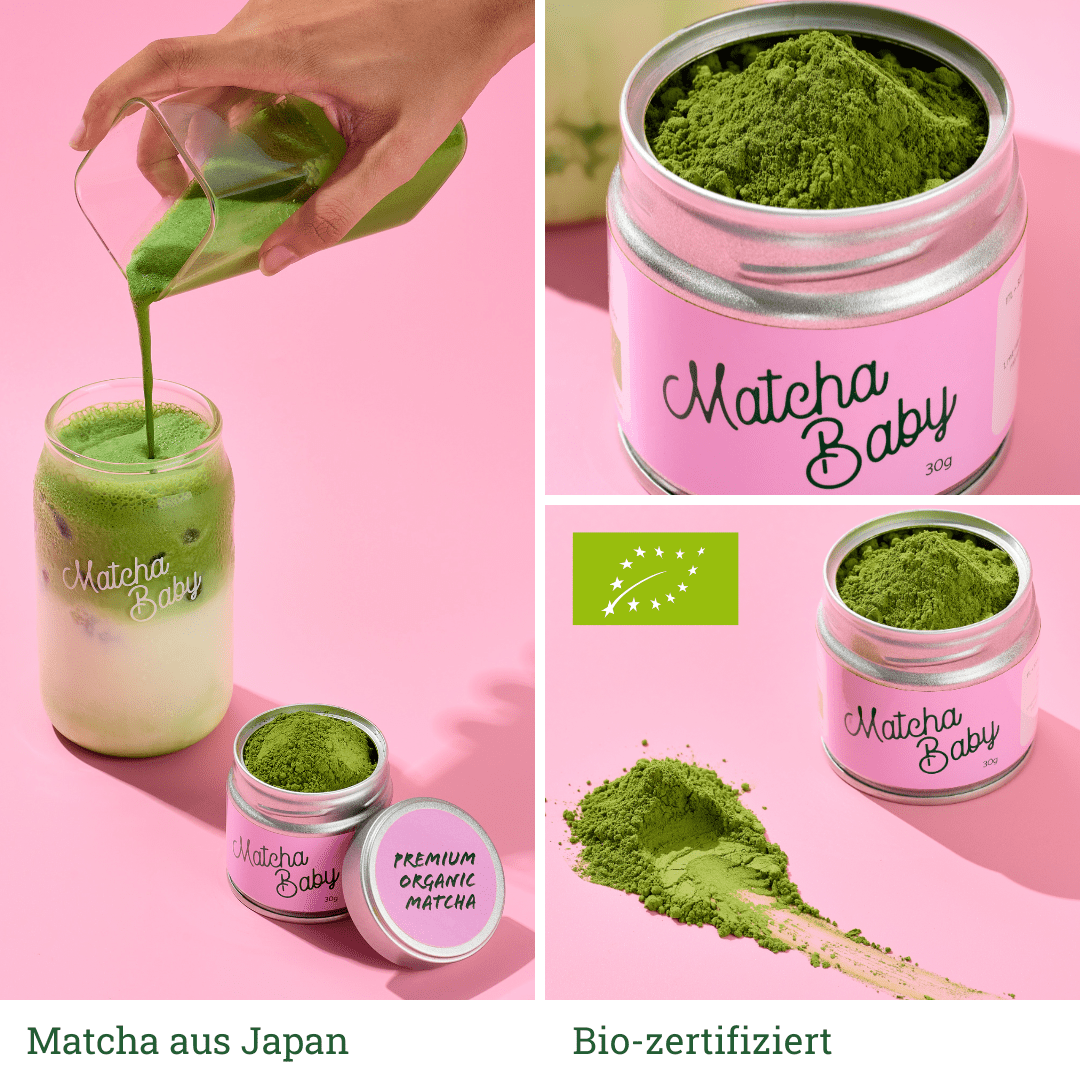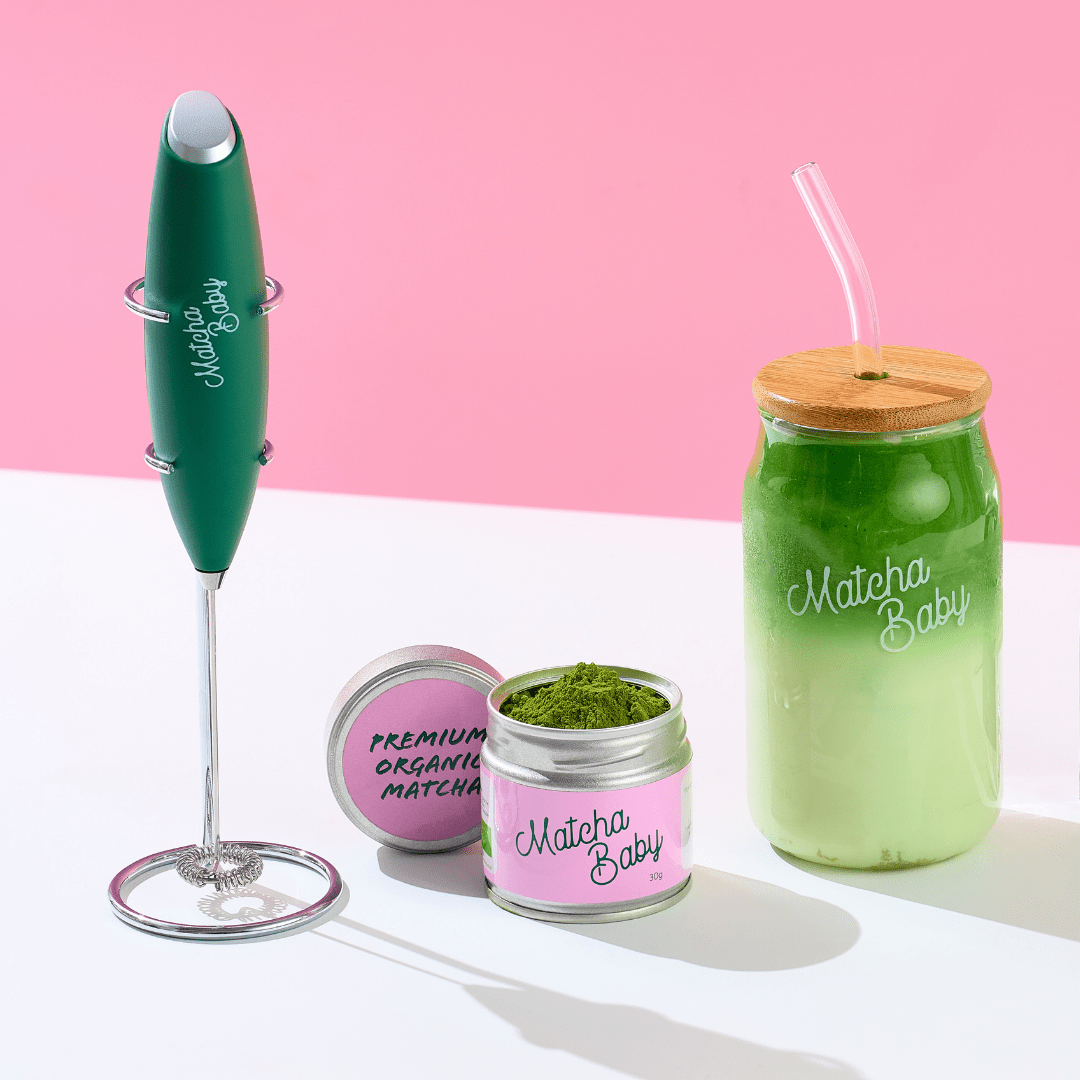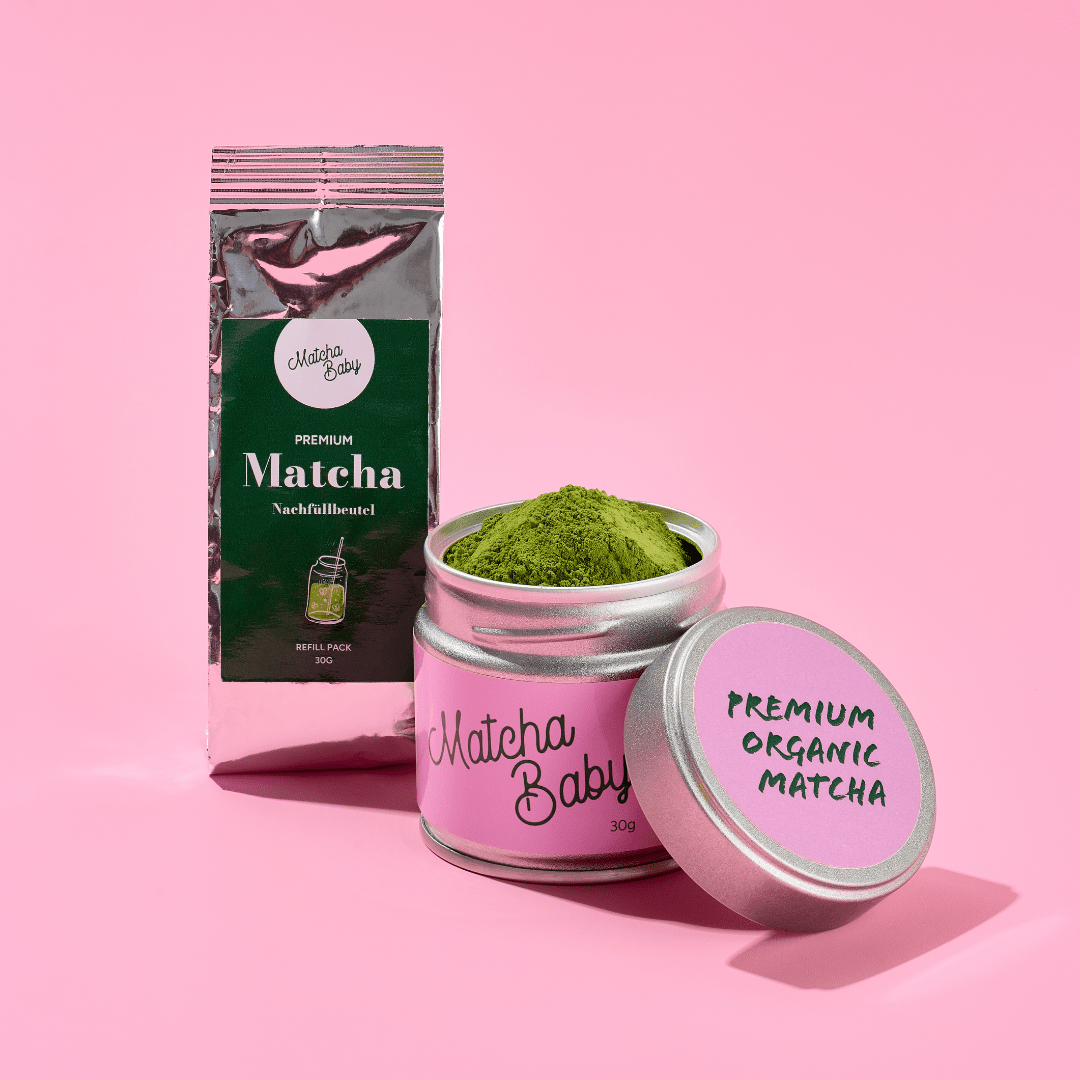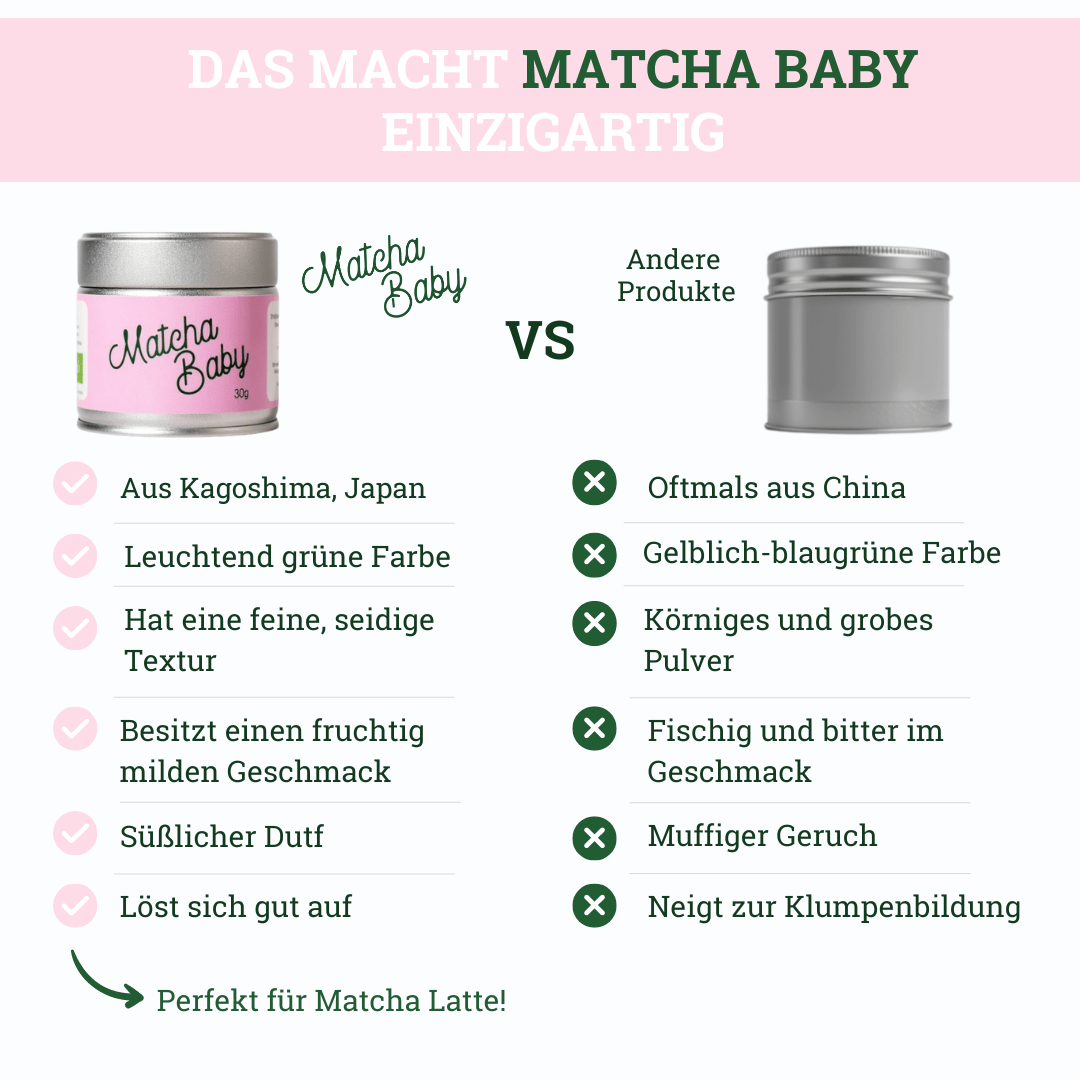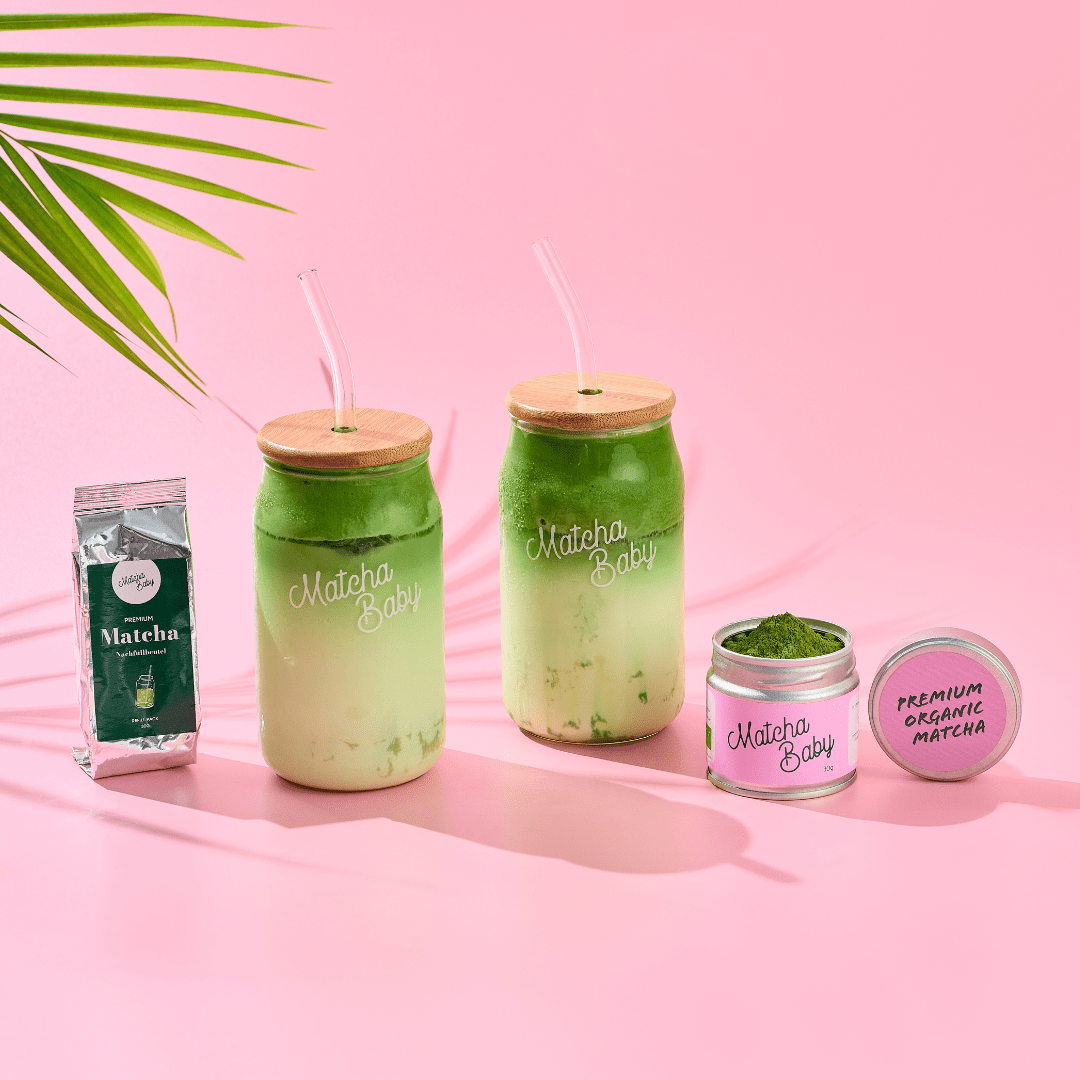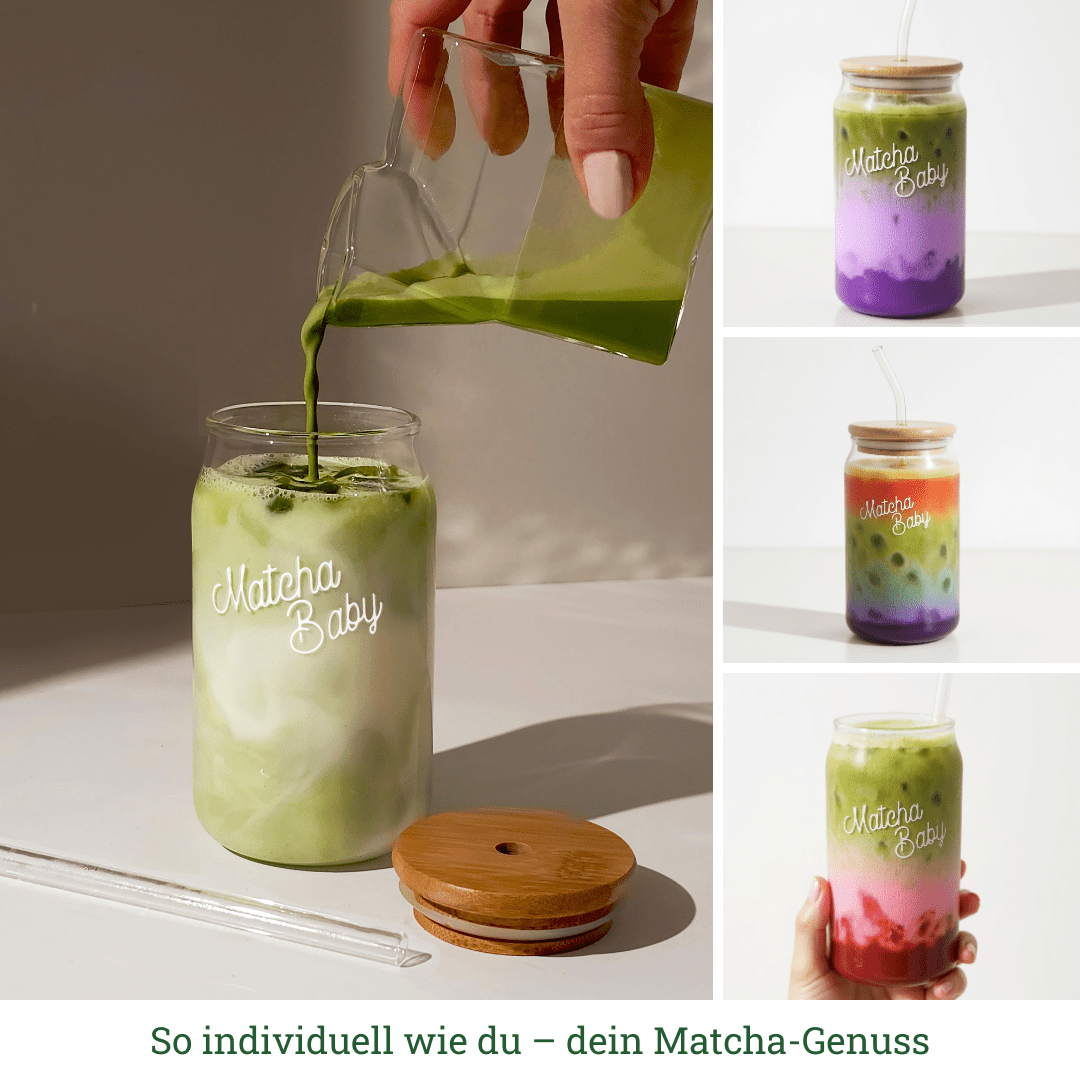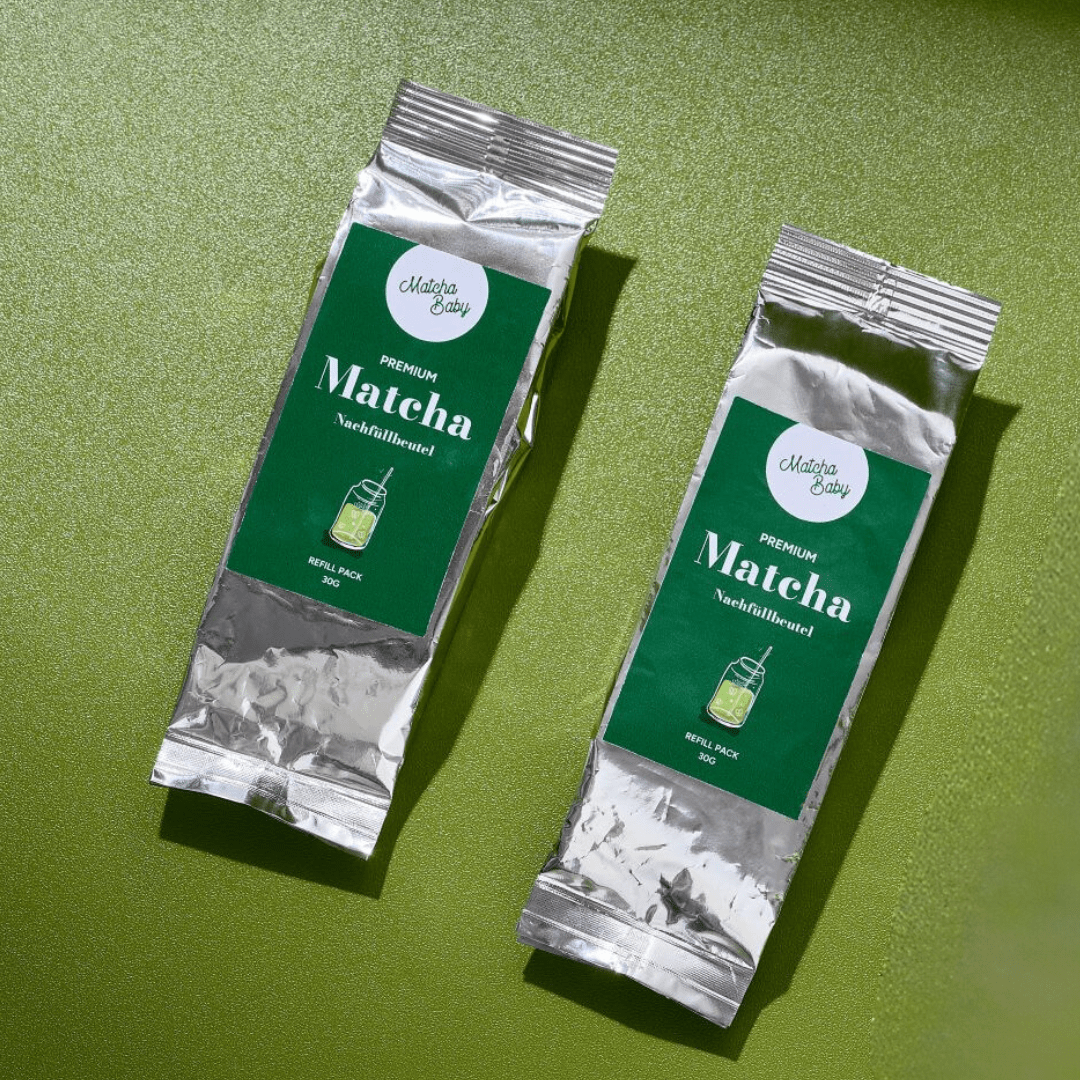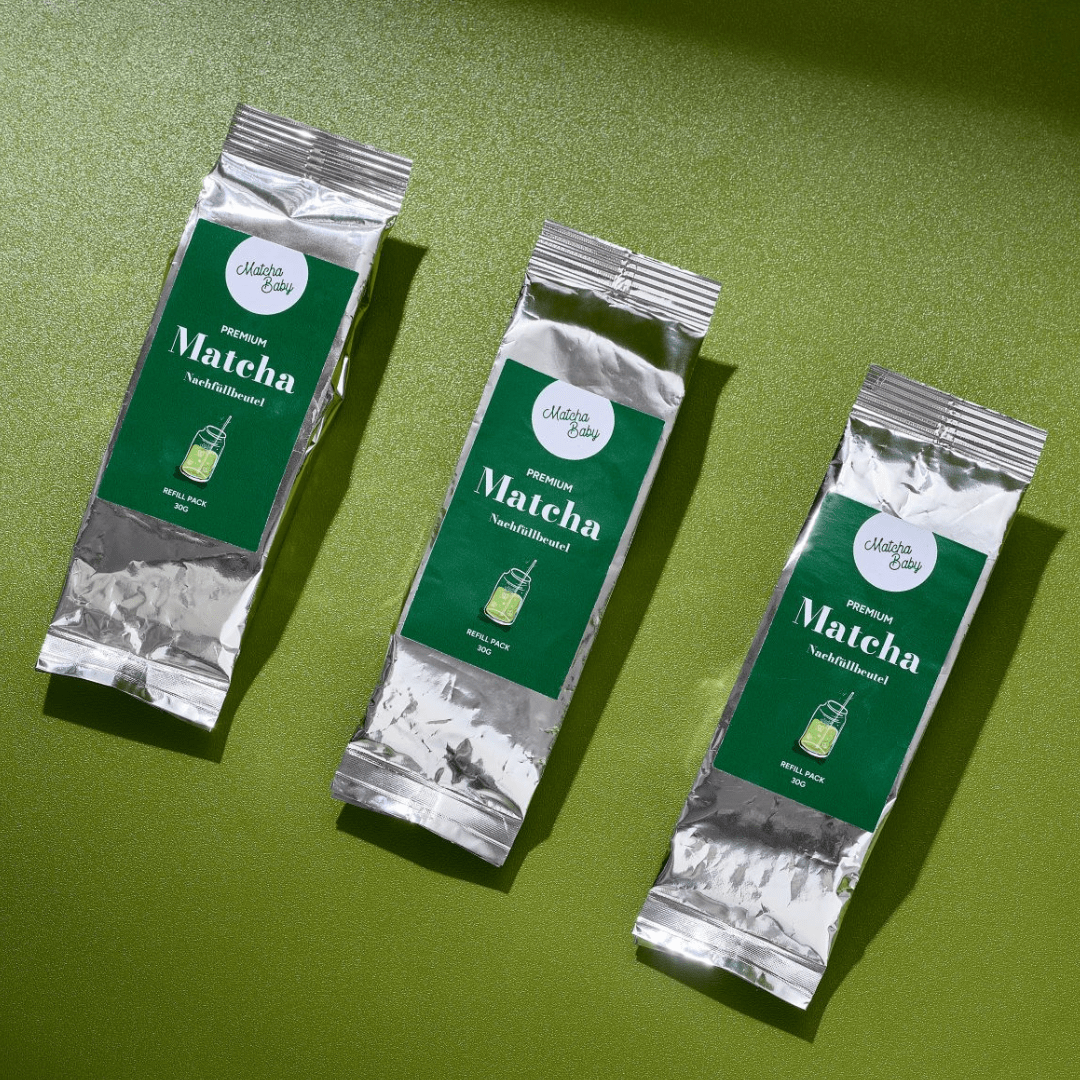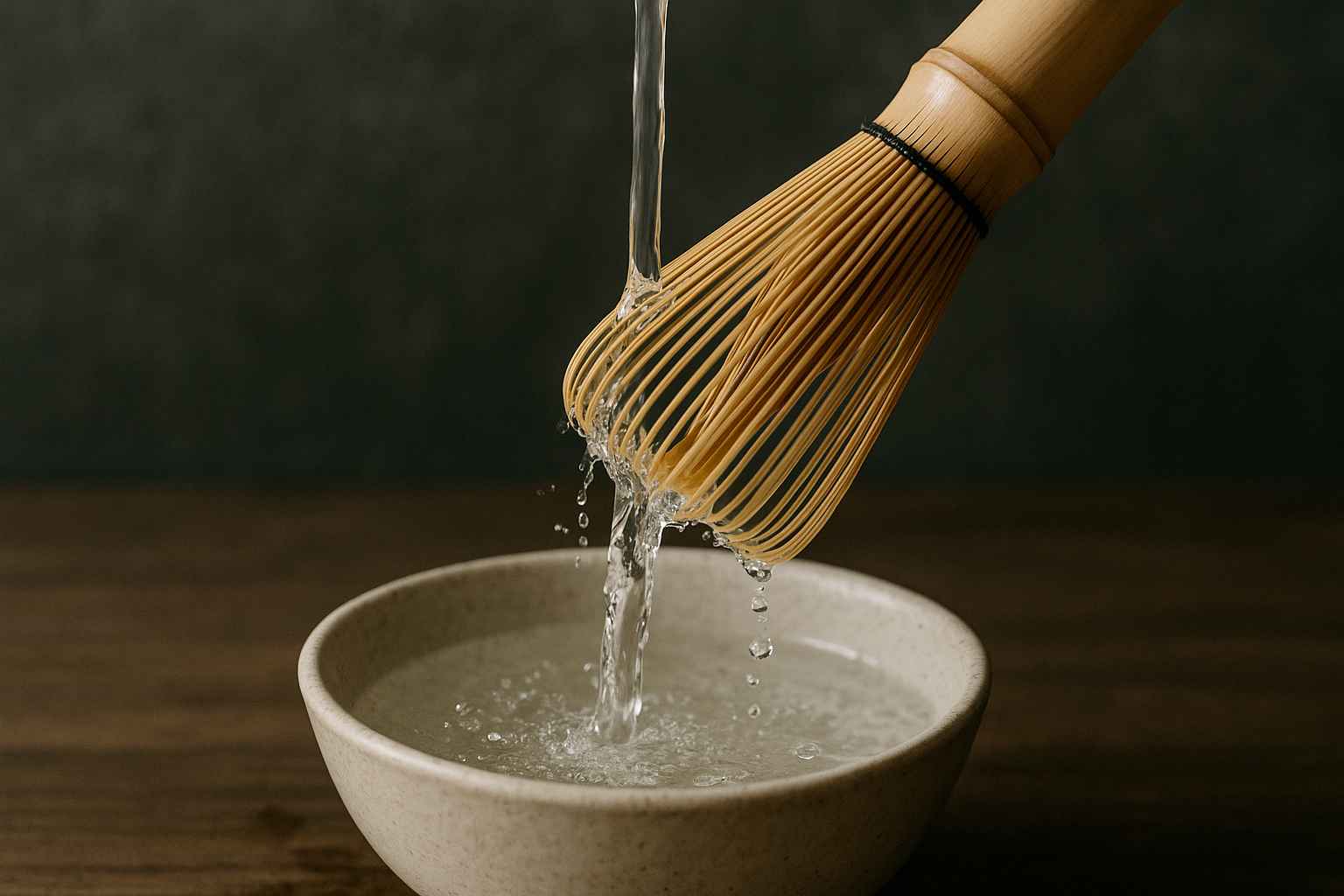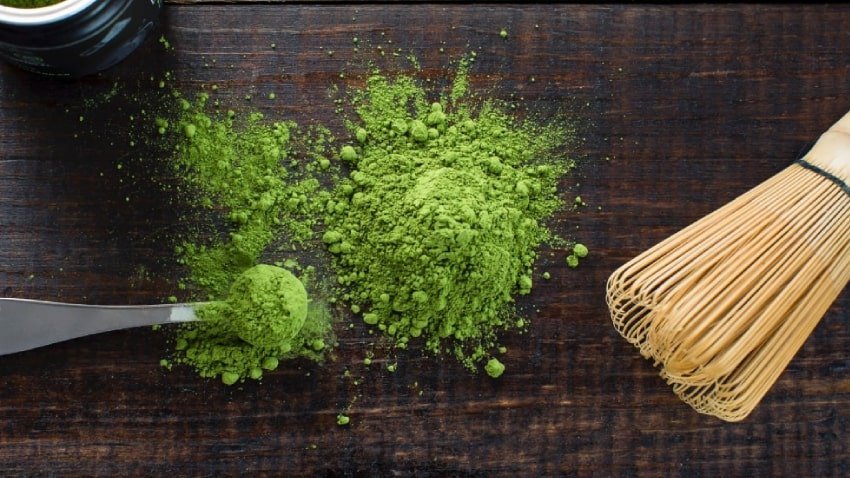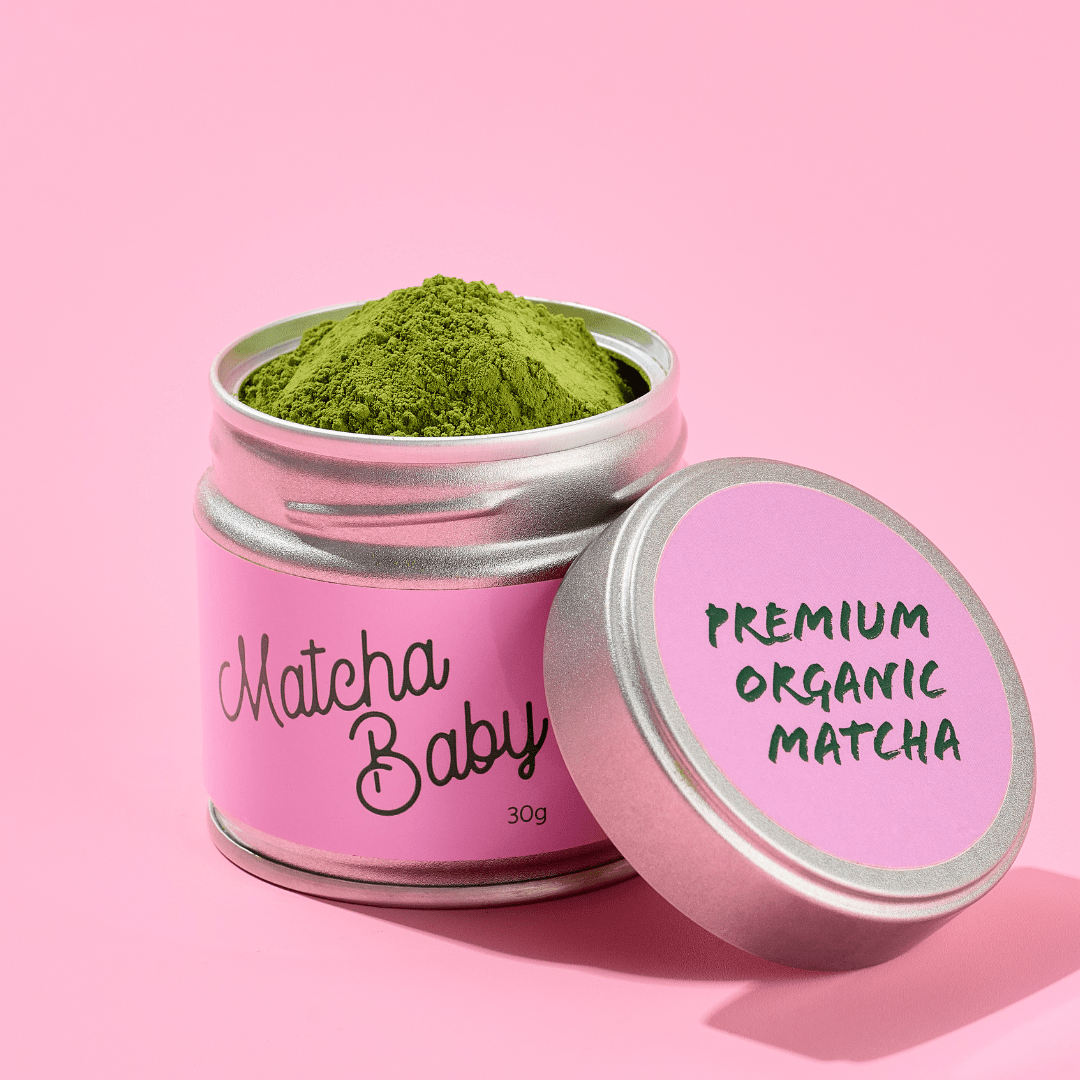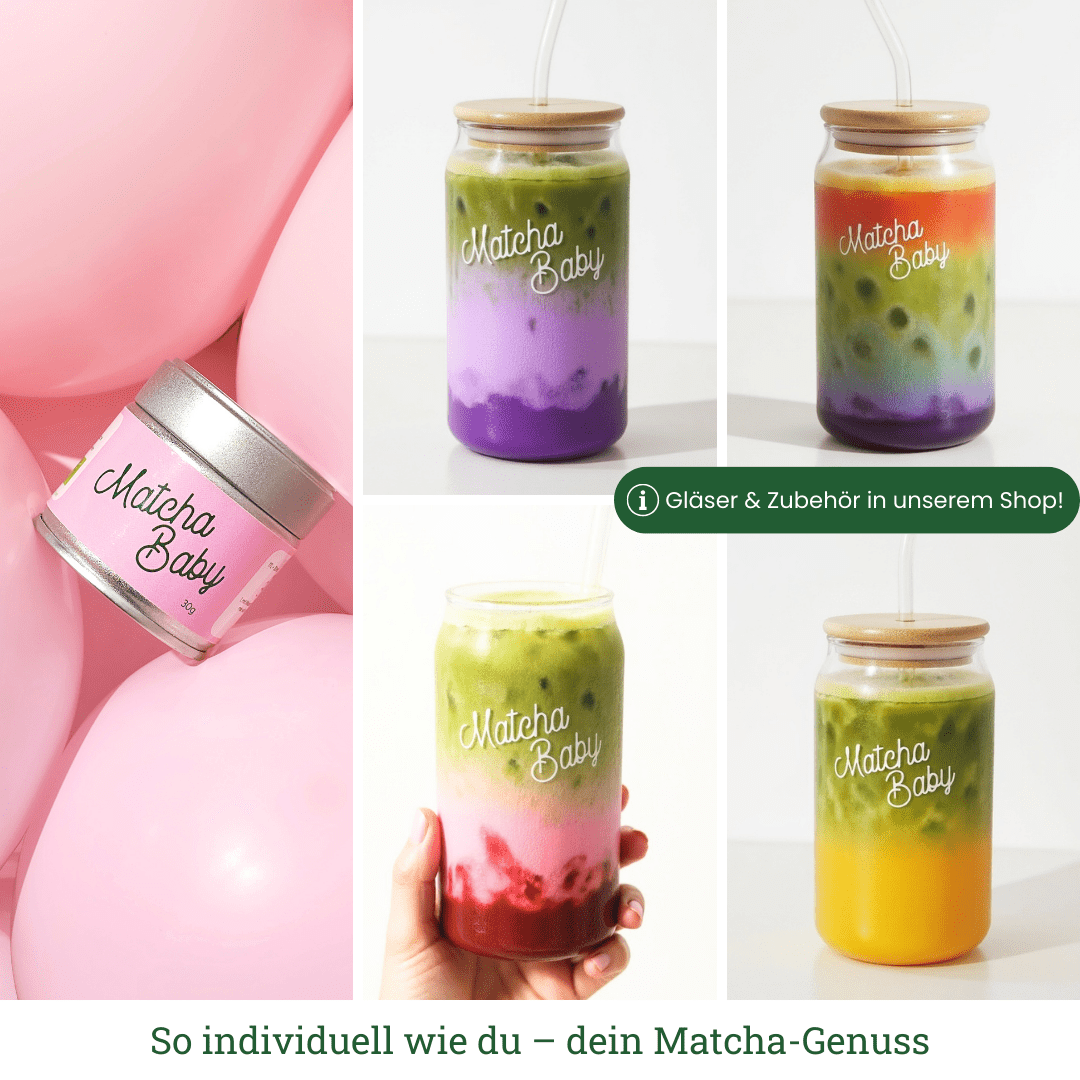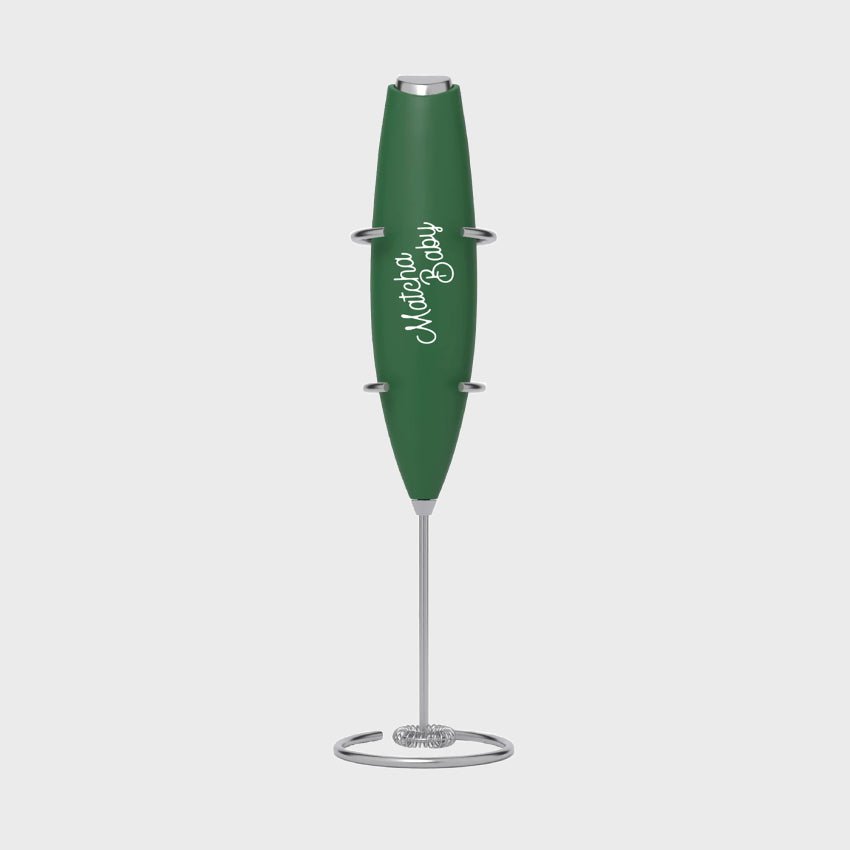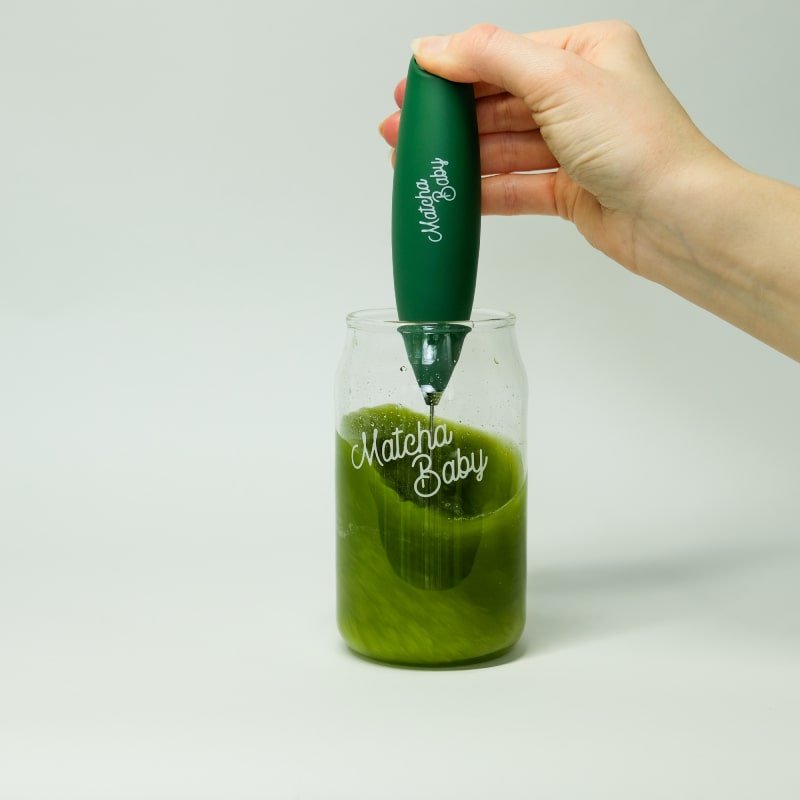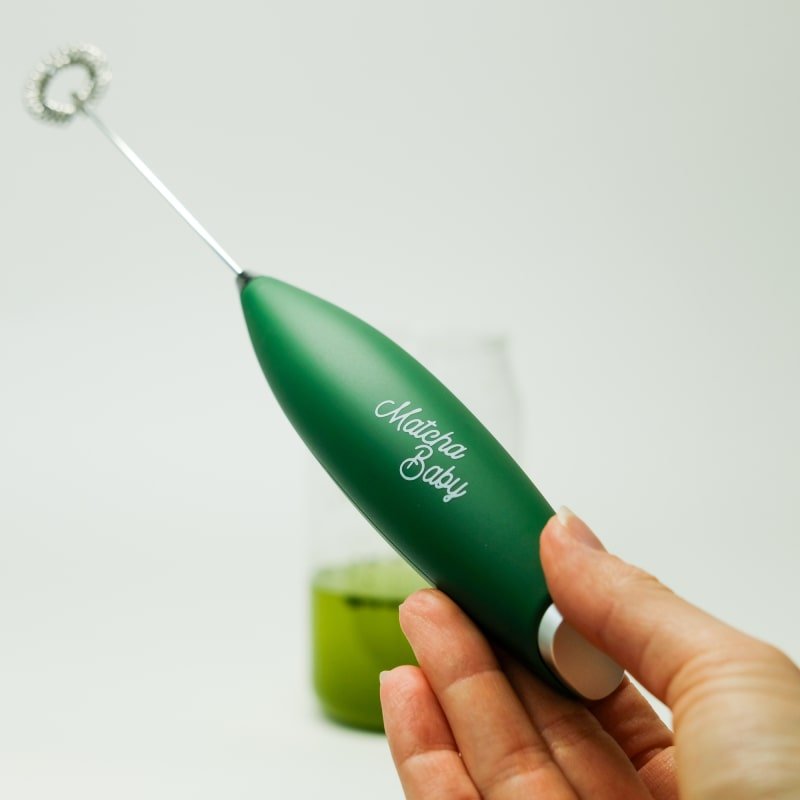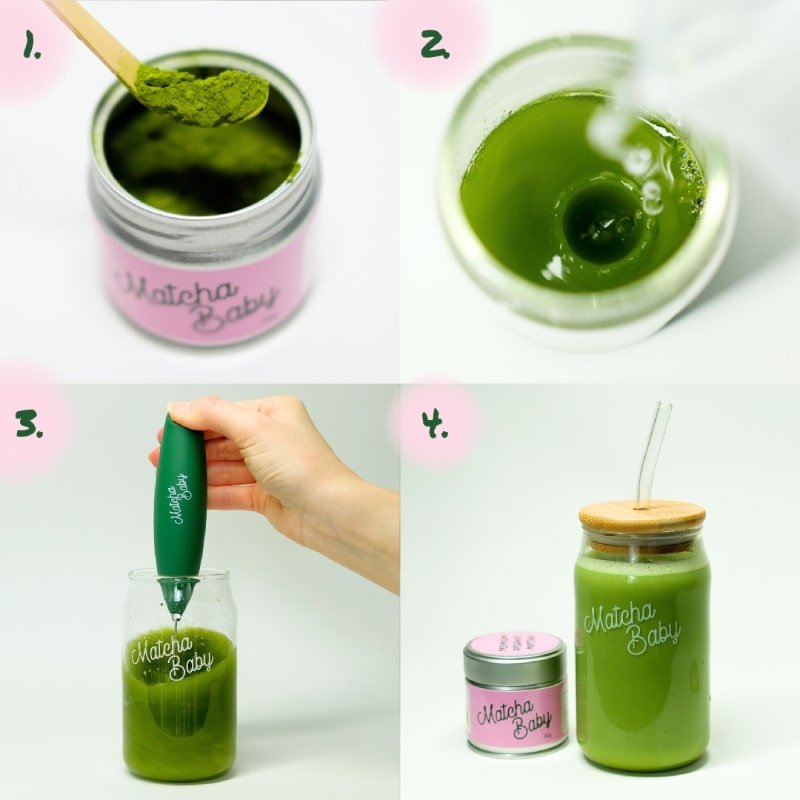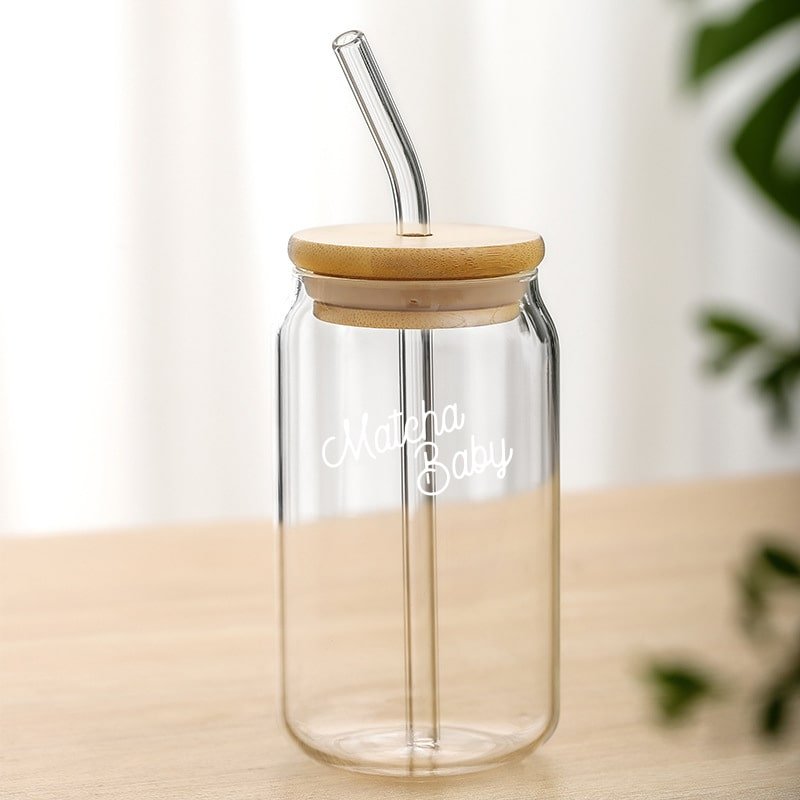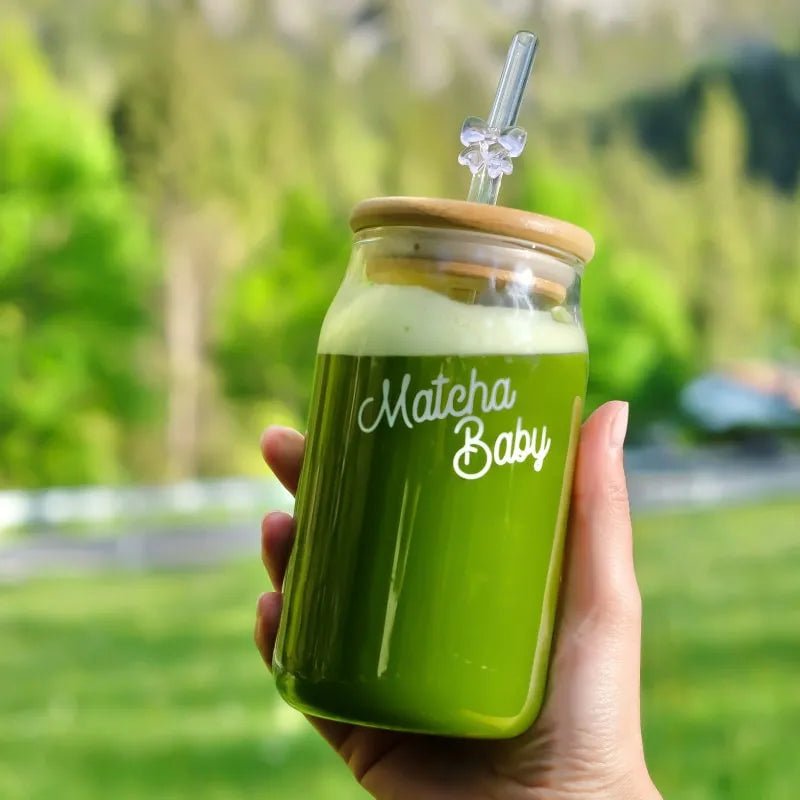Japanese tea ceremony

Japanese Tea Ceremony: Everything You Need to Know
The Japanese tea ceremony is a cultural practice that has been practiced for centuries. It's a traditional way of drinking tea that conveys a deep appreciation for simplicity, elegance, and beauty. In this article, we'll introduce you to the history, meaning, and process of the Japanese tea ceremony. We'll also explore the types of tea used in the ceremony and exactly how they're prepared.
History of the Japanese tea ceremony
The Japanese tea ceremony originated in China, where tea has been consumed since the 9th century. The tea ceremony was brought to Japan by Buddhist monks in the 12th century and developed over time into a cultural practice. During the Edo period (1603-1867), the tea ceremony was practiced by the samurai class as a means of cultural refinement and then spread throughout Japanese society.
Meaning of the Japanese tea ceremony
The Japanese tea ceremony is more than just a way to drink tea. It's an opportunity to appreciate the beauty and elegance of nature, calm the mind, and show hospitality. The tea ceremony also has a spiritual component, aiming to establish a state of harmony and unity between host and guests.
Process of the Japanese tea ceremony
The classic tea ceremony has a specific procedure that each participant follows. The host prepares the tea and then serves it to the guests in a specific order. The guest receives the tea with both hands and drinks it in small sips to savor the aromas and flavors.
The tea ceremony also includes a series of gestures and movements called "temae." These gestures are precisely choreographed and have symbolic meaning. For example, adding hot water to the tea kettle represents appreciation of nature and gratitude for the gift of tea.
Types of tea in the Japanese tea ceremony
The Japanese tea ceremony primarily uses green tea, which is made from the top leaves and buds of the tea plant. There are several varieties of green tea, including sencha, gyokuro, and matcha . Matcha is the most commonly used tea in the tea ceremony and is made from powdered green tea.
Preparation of Matcha
Matcha preparation requires special attention and care. First, the matcha powder must be sifted into a bowl to avoid lumps. Then, hot water is added and the matcha powder is thoroughly whisked with a traditional bamboo whisk until a foamy texture is achieved. The matcha is then infused with warm tea water and served to guests, who sip it gently and savor the tea's aromas.
Traditional tea room architecture
The place where the tea ceremony takes place is called a "chashitsu" and is a small building or room built specifically for this purpose. The architecture of the chashitsu is designed to create an atmosphere of tranquility and simplicity. The room is small to create an intimate atmosphere, and the decor is sparse to keep the focus on the tea and nature.
Tea ceremony and Japanese culture
The Japanese tea ceremony is an integral part of Japanese culture and is considered one of the highest expressions of Japanese aesthetics. The formal tea ceremony reflects Japanese values such as simplicity, humility, hospitality, and respect. It also has a profound influence on Japanese art, including ceramics and architecture.
Health benefits of tea
In addition to its cultural significance, tea also has numerous health benefits . Green tea is known for its antioxidant properties, which contribute to the prevention of cardiovascular disease and strengthen the immune system. Matcha tea is particularly rich in antioxidants and can help improve metabolism and increase energy levels.
FAQ about the traditional tea ceremony
What clothes should you wear to the Japanese tea ceremony?
Guests should wear comfortable clothing that is easy to move and does not have flashy patterns or colors.
What do you need for a tea ceremony?
A Japanese tea ceremony requires various utensils, such as a teapot, teacups, a tea caddy, a tea scoop, and a bamboo whisk. You also need tatami mats and cushions for the guests, as well as table decorations.
How does a Japanese tea ceremony work?
The Japanese tea ceremony is led by a tea master and follows a strict protocol that includes the preparation of the tea, the method of serving, the drinking, and the cleaning of the utensils. The tea ceremony emphasizes simplicity and appreciation of the moment.
How long does a Japanese tea ceremony last?
A traditional tea ceremony can last up to four hours, depending on the type of ceremony and the number of guests. The simple style of dress allows you to concentrate completely on the ceremony and the tea.
Can you practice the Japanese tea ceremony at home?
Yes, it is possible to practice the tea ceremony at home, but it requires special equipment and careful preparation. To take a break from your hectic daily routine, it's recommended to organize a small tea ceremony at home.
Are there different types of tea ceremonies?
Yes, there are different types of tea ceremonies, such as the "Chabako" ceremony, the "Hiki-cha" ceremony, and the "Gyokuro" ceremony. A tea ceremony lasting several hours can last four to six hours. In addition to tea, light meals are sometimes served.
Can you also attend the tea ceremony as a tourist?
Yes, it is possible to attend the tea ceremony as a tourist, but it is advisable to book in advance and observe etiquette. However, you will be invited to the classic form of the tea ceremony in the traditional way.
Conclusion
The Japanese tea ceremony is a fascinating insight into Japanese culture and aesthetics. It's an opportunity to appreciate the beauty and elegance of nature and calm the mind. The tea ceremony requires discipline and concentration—most participants remain silent—but also offers numerous health benefits. If you travel to Japan, be sure to attend a tea ceremony for a unique and authentic experience. If you want to practice the tea ceremony at home, you should thoroughly familiarize yourself with the clear rules and acquire the necessary equipment for a full ceremony.
Overall, the Japanese tea ceremony is a unique and fascinating tradition that reflects Japanese culture and aesthetics. It is an opportunity to calm the mind, focus on what matters most, and appreciate the beauty and elegance of nature.

